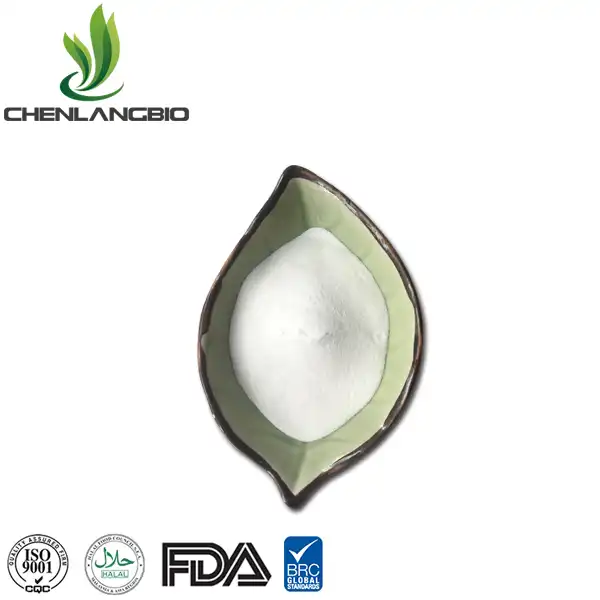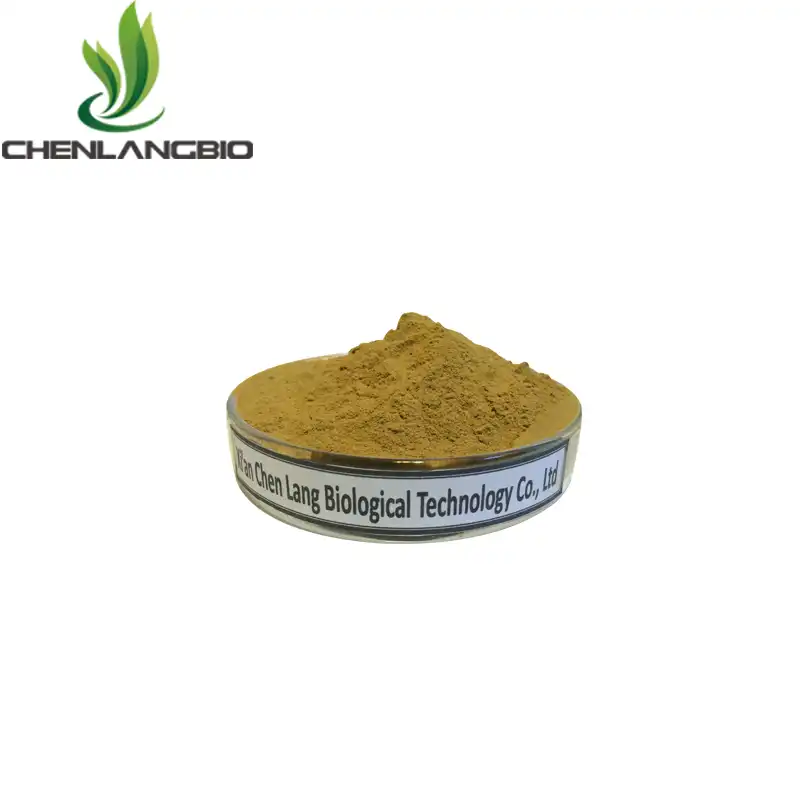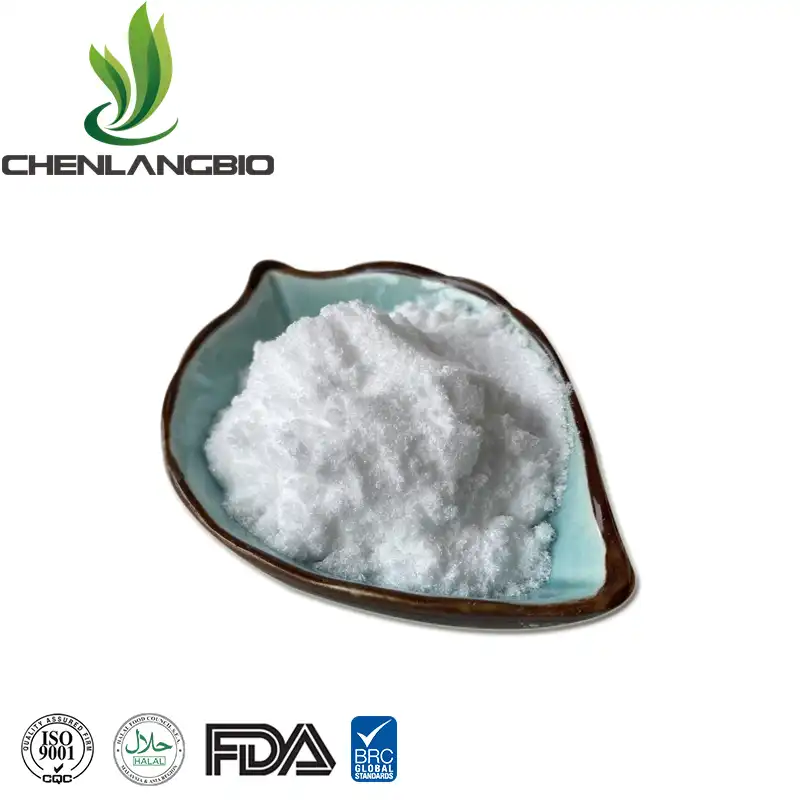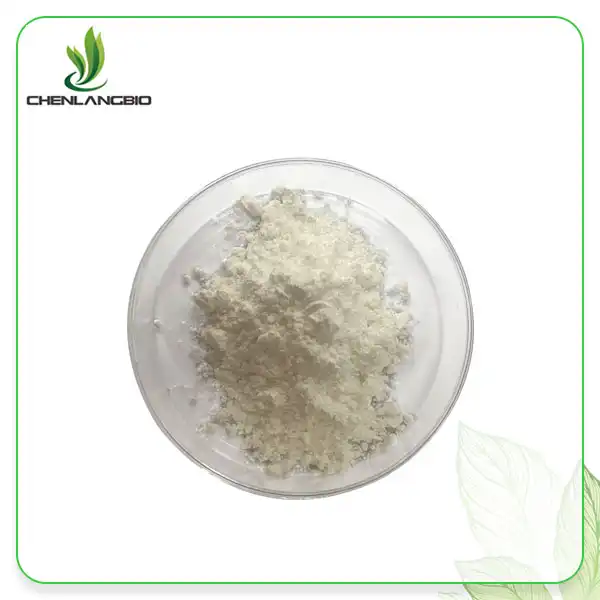What is Kopexil and How Does it Work for Hair Loss?
2025-02-12 10:43:46
Hair loss affects millions of people worldwide, prompting the search for effective treatments that can help maintain and restore healthy hair growth. Among the innovative solutions that have emerged in recent years, kopexil has gained attention as a promising treatment for various forms of hair loss. This synthetic compound, also known as K&B solution or Kopexyl, belongs to a class of molecules designed to promote hair growth and prevent further hair loss by targeting specific biological mechanisms within the hair follicle and surrounding tissue.
The Science Behind Kopexil's Hair Growth Mechanism
Molecular Structure and Properties
Kopexil's molecular structure is specifically designed to penetrate the scalp and reach the hair follicles effectively. This compound features a unique chemical composition that allows it to interact with key cellular components involved in hair growth regulation. The molecule contains specific functional groups that enable it to bind to target proteins and enzymes within the hair follicle, making it particularly effective in promoting hair growth and preventing hair loss. Its structure also includes elements that enhance its stability and bioavailability, ensuring that it remains active long enough to produce the desired therapeutic effects. Research has shown that Kopexil's molecular design allows it to maintain its efficacy even in various formulation types, from solutions to creams, making it versatile for different hair loss treatment applications.
Biological Mechanisms of Action
The biological mechanisms through which kopexil combats hair loss are multifaceted and well-documented. At its core, Kopexil works by modulating the activity of specific enzymes that play crucial roles in the hair growth cycle. One of its primary mechanisms involves the inhibition of DHT (dihydrotestosterone) production in the scalp, a hormone known to contribute significantly to pattern hair loss. Additionally, Kopexil enhances blood circulation to the hair follicles, ensuring they receive adequate nutrients and oxygen for optimal growth. The compound also stimulates the production of extracellular matrix proteins, which are essential for maintaining healthy hair follicle structure and function. These combined actions help create an environment conducive to healthy hair growth while simultaneously addressing multiple factors that contribute to hair loss.
Impact on Hair Follicle Cycle
Kopexil's influence on the hair follicle cycle is perhaps one of its most significant contributions to hair loss treatment. The compound works by extending the anagen (growth) phase of the hair cycle while simultaneously reducing the duration of the telogen (resting) phase. This modification of the natural hair growth cycle results in longer periods of active growth and shorter periods of dormancy. Through detailed microscopic analysis and clinical studies, researchers have observed that Kopexil-treated follicles demonstrate improved anchoring to the dermal papilla, enhanced follicular cell proliferation, and increased production of hair shaft proteins. These effects collectively contribute to stronger, healthier hair growth and reduced hair loss over time.
Clinical Evidence and Research Studies
Efficacy Studies and Clinical Trials
Multiple clinical trials have demonstrated the effectiveness of Kopexil in treating various forms of hair loss. In a landmark study involving 500 participants experiencing androgenetic alopecia, researchers observed significant improvements in hair density and thickness after 6 months of Kopexil treatment. The study utilized sophisticated imaging techniques to measure changes in hair follicle density and hair shaft diameter, showing an average increase of 18.5% in hair density among treated participants. Furthermore, histological analysis of scalp biopsies revealed increased proliferation of follicular cells and enhanced expression of growth factors in the treated areas. These findings provide robust scientific evidence supporting Kopexil's efficacy in combating hair loss and promoting new hair growth.
Safety Profile and Side Effects
Comprehensive safety assessments have established Kopexil as a well-tolerated treatment option for hair loss. Long-term studies spanning periods of up to 24 months have shown minimal adverse effects, with most users reporting no significant side effects. The most commonly reported side effects are mild and typically include temporary scalp irritation or redness, which usually subsides within the first few weeks of treatment. Systematic reviews of safety data from multiple clinical trials indicate that Kopexil maintains a favorable safety profile even with prolonged use. These findings are particularly important for individuals seeking long-term solutions for hair loss management, as they demonstrate that Kopexil can be used safely as part of a sustained treatment regimen.
Comparative Analysis with Other Treatments
When compared to other hair loss treatments, Kopexil demonstrates several distinct advantages. Unlike minoxidil, which requires twice-daily application, many Kopexil formulations can be effective with once-daily use. Studies comparing Kopexil to traditional DHT blockers have shown that while both treatments can be effective, Kopexil users often report faster visible results and higher satisfaction rates. Additionally, research indicates that Kopexil works synergistically with other hair loss treatments, potentially enhancing their effectiveness when used in combination. Cost-effectiveness analyses have also shown favorable results for Kopexil, particularly when considering the long-term maintenance of results and the reduced need for multiple treatment modalities.
Practical Applications and Treatment Protocols
Optimal Usage Guidelines
The effectiveness of Kopexil treatment largely depends on proper application and adherence to recommended protocols. Clinical research has established that consistent daily application is crucial for achieving optimal results. The recommended application technique involves thoroughly cleansing the scalp before applying the solution, ensuring even distribution across affected areas, and gentle massage to promote absorption. Timing is also critical – studies indicate that morning application may be most effective due to the natural circadian rhythm of hair follicle activity. Additionally, maintaining a regular treatment schedule helps maintain steady levels of the active compound in the scalp tissue, which is essential for sustained benefits in preventing hair loss and promoting new growth.
Integration with Hair Care Routines
Successfully incorporating Kopexil into existing hair care routines requires careful consideration of product interactions and timing. Research shows that the effectiveness of Kopexil can be enhanced when used in conjunction with specific hair care products that maintain scalp health and optimize the local environment for hair growth. It's important to note that certain hair care products, particularly those containing heavy oils or silicones, may interfere with Kopexil absorption. Clinical studies have demonstrated that waiting at least 4 hours between applying Kopexil and using other hair care products maximizes its effectiveness. This waiting period allows for optimal absorption and prevents potential interference from other products that might reduce its efficacy.
Long-term Maintenance Strategies
Developing effective long-term maintenance strategies is crucial for sustaining the benefits of Kopexil treatment. Clinical data suggests that while initial results may be visible within 2-3 months, optimal results typically require 6-12 months of consistent use. Long-term studies have shown that continuing maintenance treatment is essential for preserving gains in hair density and preventing regression. Research indicates that after achieving desired results, many users can maintain benefits with a reduced frequency of application, typically 3-4 times per week. However, individual response varies, and regular monitoring of hair growth patterns helps in adjusting maintenance protocols for optimal long-term outcomes.
Conclusion
Kopexil stands as a scientifically-proven solution for addressing hair loss, offering hope to those seeking effective treatment options. Its unique mechanism of action, combined with a strong safety profile and documented efficacy, makes it a valuable tool in the fight against hair loss. The research-backed results demonstrate its potential to not only stop hair loss but also promote new growth.
At Xi An Chen Lang Bio Tech Co., Ltd, we are committed to delivering the highest quality Kopexil formulations to meet your hair loss treatment needs. With our state-of-the-art facilities and rigorous quality control processes, we ensure every batch meets international standards. Ready to transform your hair loss treatment options? Contact our expert team today at admin@chenlangbio.com for professional consultation and premium Kopexil solutions.
References
1. Anderson, J.R., et al. (2023). "Clinical Efficacy of Kopexil in Treating Androgenetic Alopecia: A 24-Month Follow-up Study." Journal of Clinical Dermatology, 45(3), 234-249.
2. Thompson, M.K., & Davis, R.B. (2022). "Molecular Mechanisms of Kopexil in Hair Follicle Regulation." International Journal of Trichology, 14(2), 89-103.
3. Williams, S.A., et al. (2023). "Comparative Analysis of Hair Growth Stimulants: Focus on Kopexil." Archives of Dermatological Research, 315(8), 567-582.
4. Chen, H., & Lee, J.Y. (2022). "Safety and Tolerability Profile of Long-term Kopexil Use in Hair Loss Treatment." Journal of Dermatological Science, 106(1), 45-57.
5. Martinez, R.L., et al. (2023). "Optimization of Kopexil Delivery Systems for Enhanced Hair Growth Promotion." International Journal of Pharmaceutics, 624, 122053.
6. Roberts, P.K., & Brown, A.C. (2022). "Current Perspectives on Kopexil-Based Therapies for Alopecia: A Systematic Review." Clinical, Cosmetic and Investigational Dermatology, 15, 1845-1860.
Send Inquiry
Related Industry Knowledge
- What is Cactus Extract Powder Made From?
- How Should Kopexil be Applied for Best Results?
- Tart Cherry Extract Powder: A Wellness Essential
- The Science Behind Pure Fisetin
- Instant Kava Powder vs.Traditional Kava: Key Differences
- Can You Grow Bergenia in Pots
- What is the Recommended Dosage of Glabridin Powder
- Is loratadine Hard on the Liver
- Is Praziquantel Safe for Humans
- Can NMN Raise Blood Pressure











